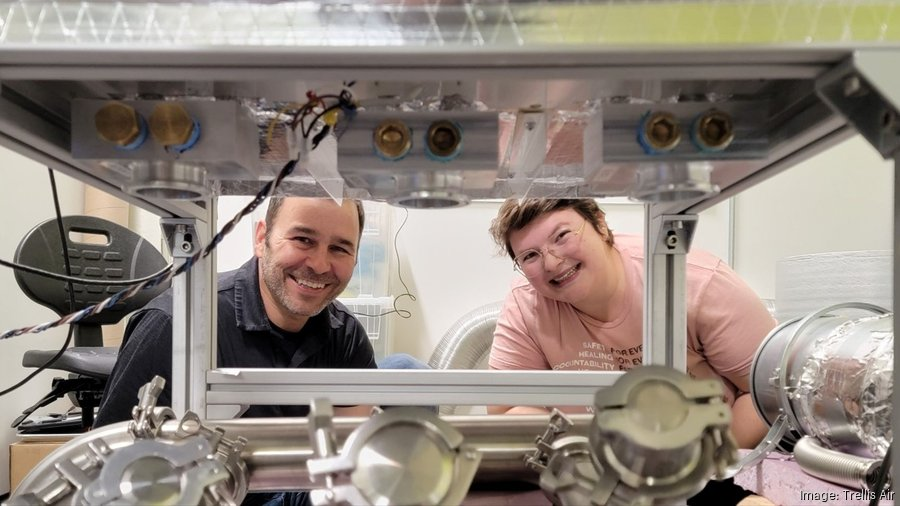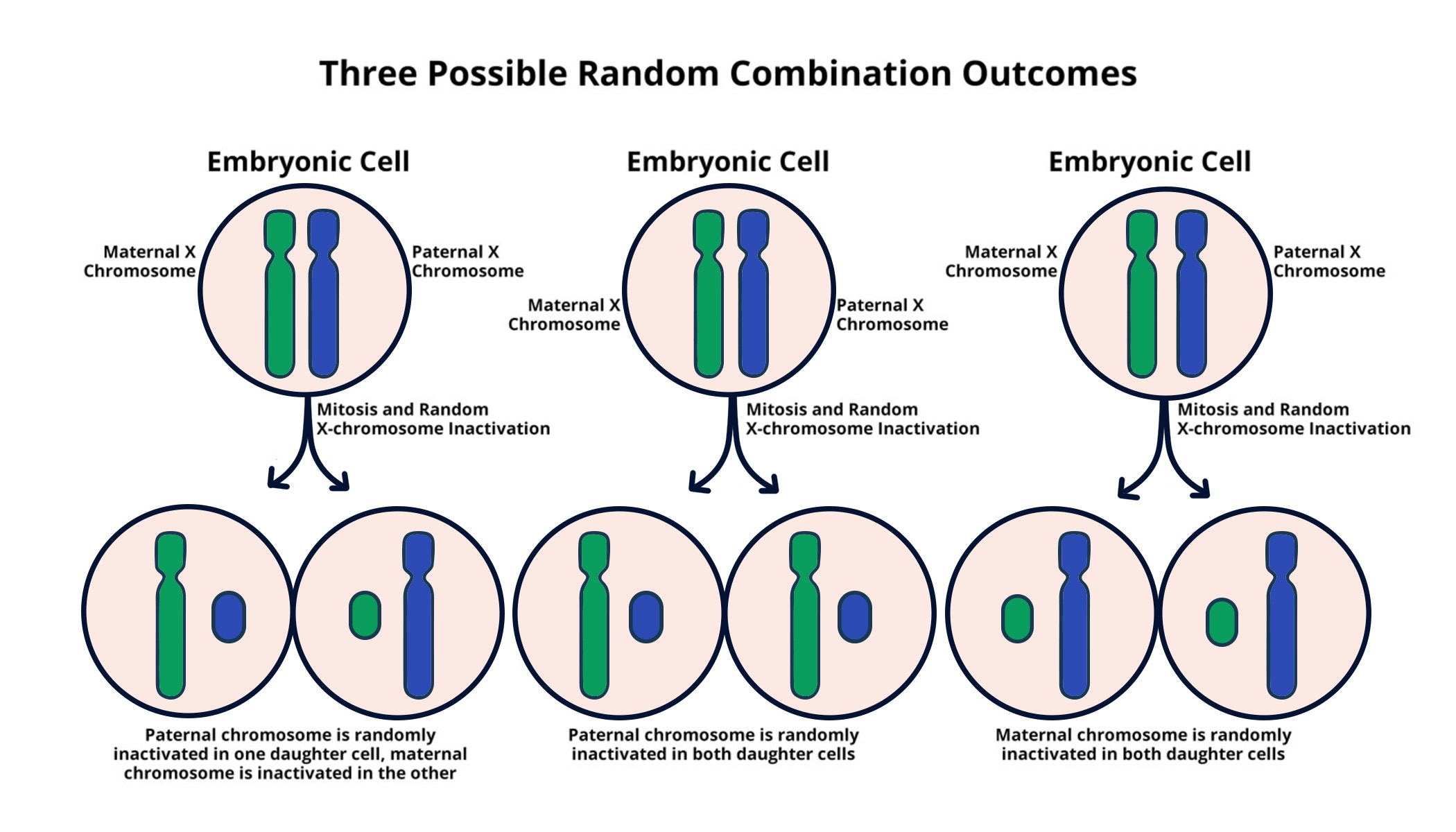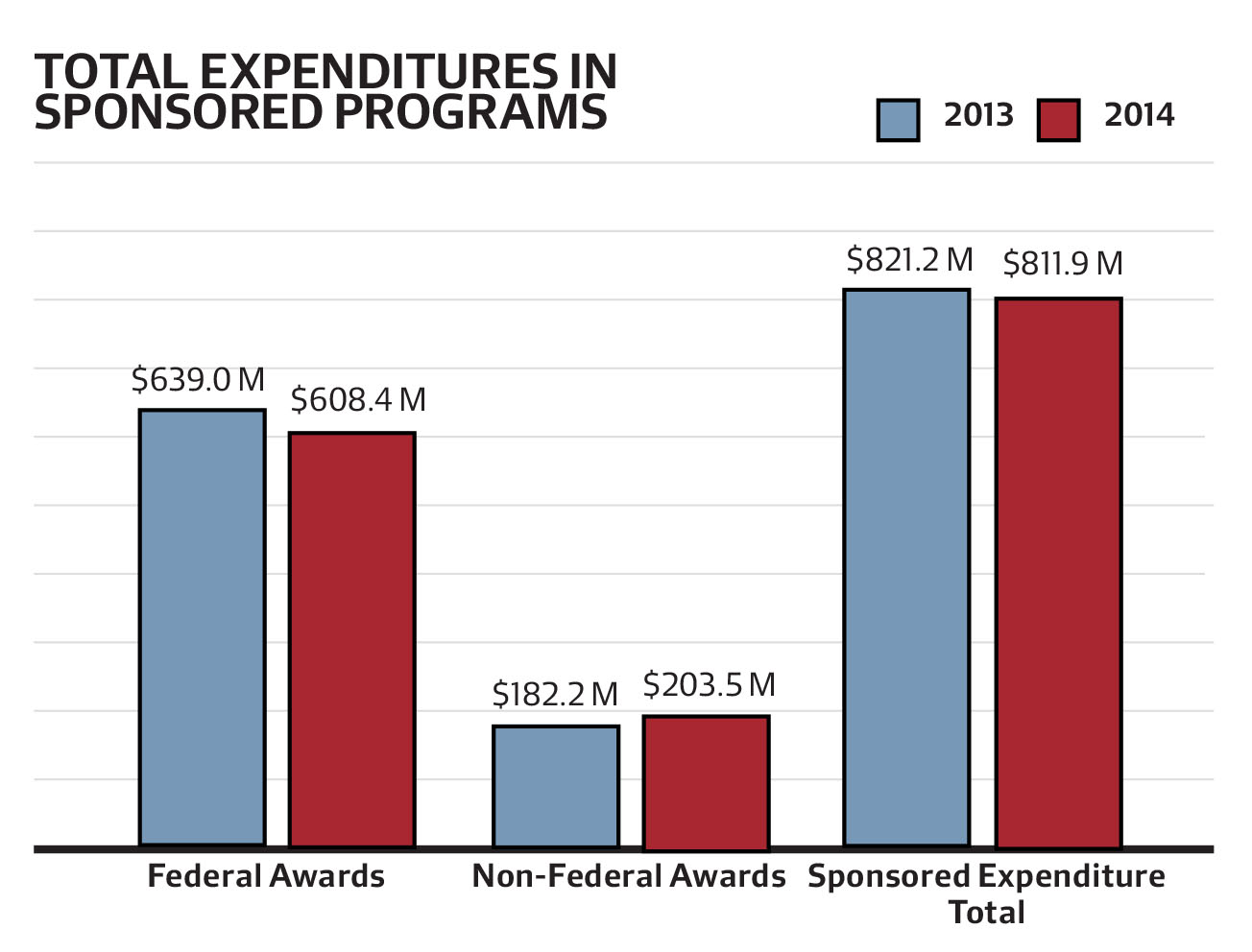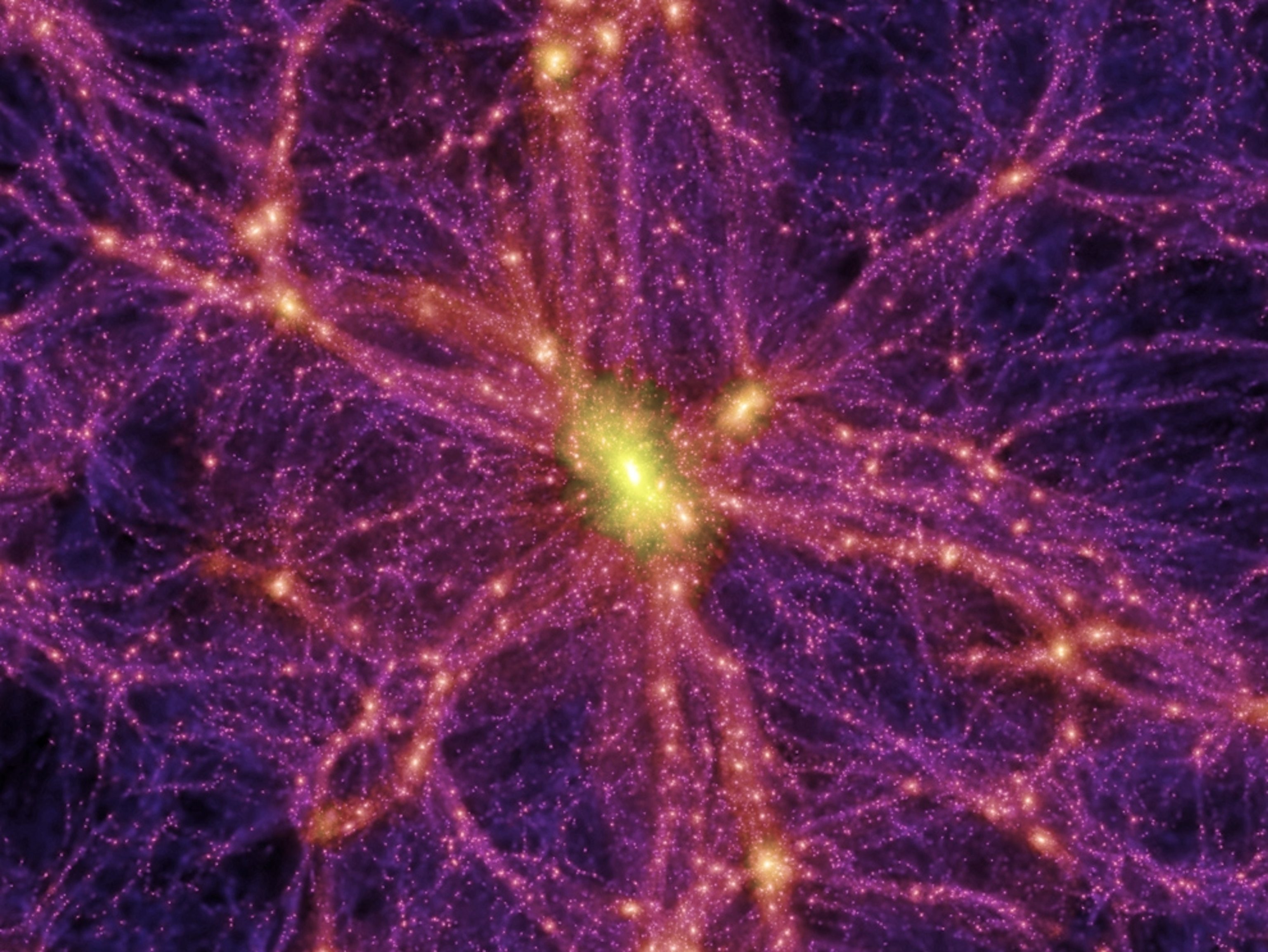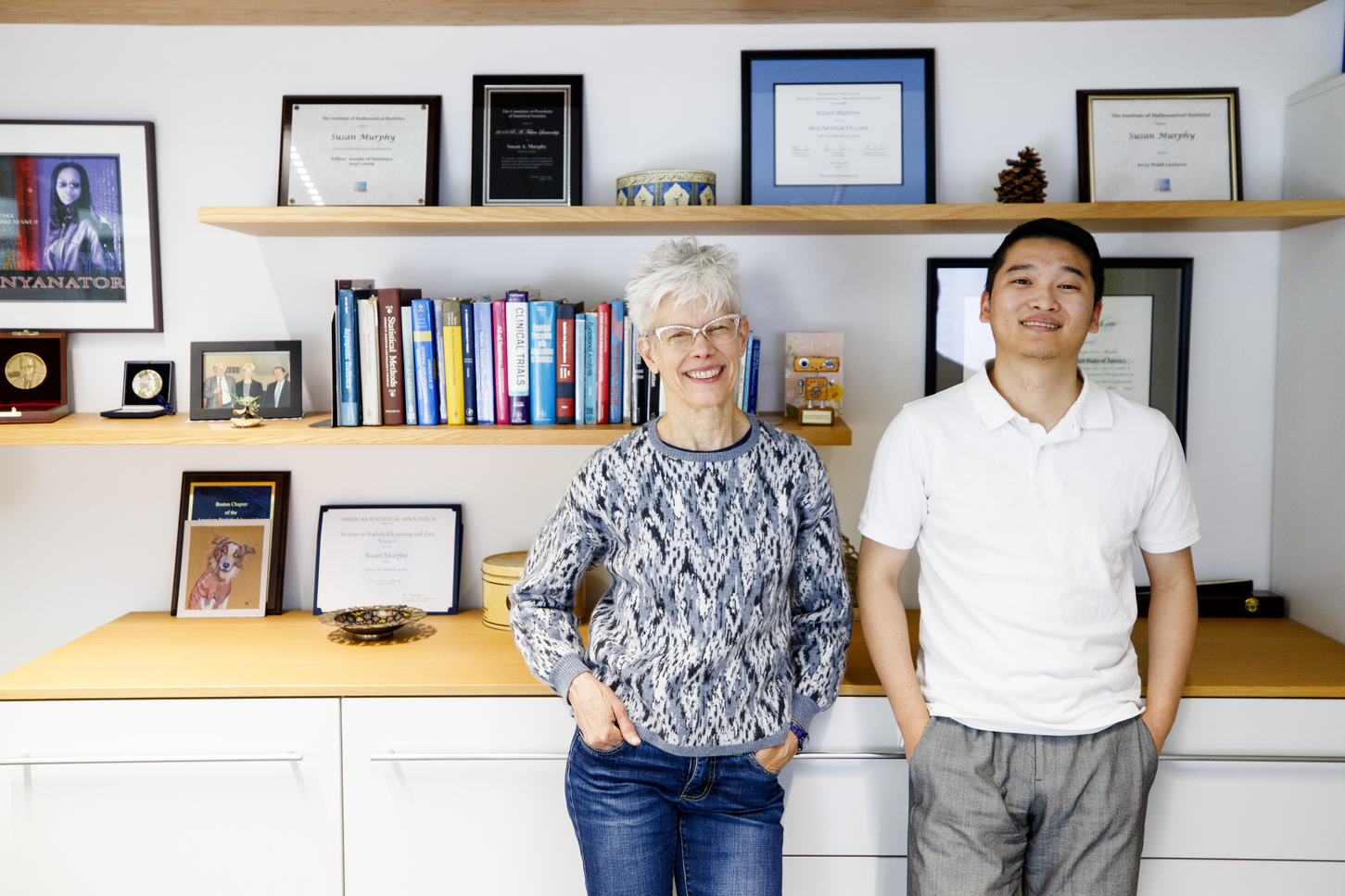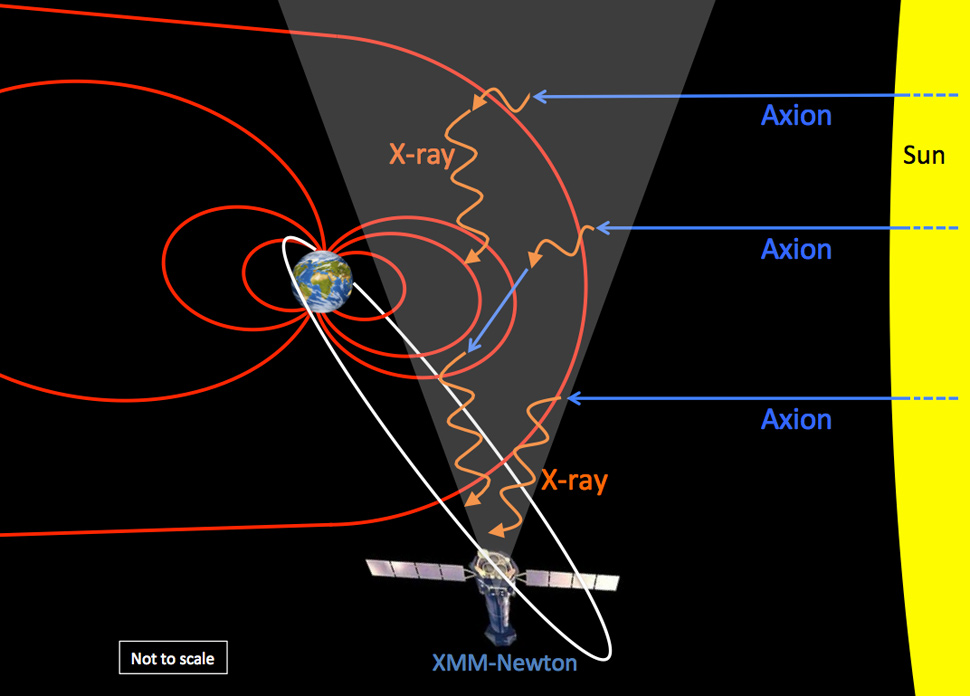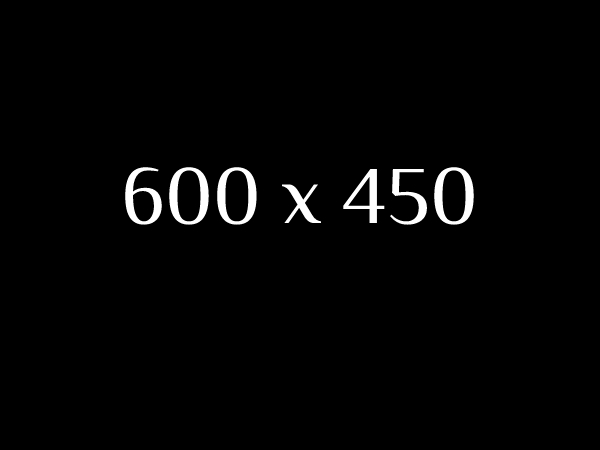
Topological Qubit: The Future of Ultrafast Quantum Computing
In the realm of quantum mechanics, the emergence of the topological qubit has swiftly captured the attention of researchers and technology leaders alike. Created by Microsoft, this groundbreaking qubit promises enhanced stability and robustness for ultrafast quantum computers, paving the way for advancements in quantum computing that could tackle complex challenges currently beyond our reach. Chetan Nayak, a prominent figure at Microsoft and professor at UC Santa Barbara, has been instrumental in developing this innovative technology, which combines quantum mechanics with cutting-edge materials science. By leveraging topological properties, these qubits could potentially revolutionize information processing, allowing quantum computers to operate at unprecedented speeds. As industries increasingly explore the implications of this discovery, the search for new computational paradigms within quantum computing intensifies, offering a glimpse into the future of technology-driven innovation.
The development of a new class of quantum bit, often referred to as a topological qubit, represents a significant leap forward in quantum computing technology. Distinct from traditional qubits that rely on basic binary states, these advanced qubits enhance error resistance and operational stability, key factors for building reliable quantum computers. Chetan Nayak, a leading researcher at Microsoft, plays a crucial role in this groundbreaking endeavor, which aims to propel the field of quantum mechanics into practical applications. As researchers navigate the challenging landscape of ultrafast quantum computing, the promise of topological qubits holds the potential to transform how complex computations are approached, driving innovation in various sectors including materials science and beyond. This fundamental shift invites a deeper understanding of quantum principles and the future of computational capabilities.
Understanding Topological Qubits and Their Impact on Quantum Computing
Topological qubits represent a revolutionary advancement in the field of quantum computing, primarily due to their enhanced stability and resistance to errors compared to traditional qubits. These new qubits are designed to harness the principles of topology, which concern the properties of space that are preserved under continuous deformations. In contrast to ordinary qubits, which are susceptible to noise and interference, topological qubits can maintain their quantum state longer, facilitating more reliable computation. This distinct characteristic stems from the construction of topological qubits using materials like indium arsenide and aluminum, which display unique superconducting properties at extremely low temperatures.
The implications of utilizing topological qubits extend across numerous applications in quantum computing, including the potential to develop ultrafast quantum computers capable of tackling complex computational problems that are currently infeasible for even the most powerful supercomputers. As Chetan Nayak and his team at Microsoft explore the capabilities of these qubits, the promise of executing simulations of intricate materials in chemistry and physics with unparalleled speed and accuracy becomes increasingly tangible. Consequently, this innovation not only drives scientific inquiry but also paves the way for breakthroughs in fields ranging from drug discovery to material science.
Frequently Asked Questions
What is a topological qubit and how does it differ from other qubits in quantum computing?
A topological qubit is a type of qubit designed to be more stable and robust than traditional qubits used in quantum computing. Unlike ordinary qubits that can easily lose their coherence due to environmental interference, topological qubits are based on topological states of matter, which help to protect the information encoded within them from such disturbances. This stability enhances their potential to power ultrafast quantum computers, accelerating advancements in quantum computing.
How does Microsoft’s topological qubit contribute to the future of ultrafast quantum computers?
Microsoft’s topological qubit is expected to significantly advance the field of ultrafast quantum computers by providing a more reliable platform for qubit operations. The enhanced stability of topological qubits allows for better error correction and longer coherence times, enabling the execution of complex computations that could solve intricate problems much faster than conventional supercomputers.
Why is the research by Chetan Nayak and his team at Microsoft important for quantum mechanics?
Chetan Nayak’s research on topological qubits at Microsoft is crucial as it explores new materials and techniques that aim to overcome existing limitations in quantum mechanics. By leveraging topological states, this work seeks to create qubits that can maintain quantum coherence longer, thus paving the way for practical applications in quantum computing, including simulating quantum systems and tackling significant scientific challenges.
What potential applications could arise from using topological qubits in quantum computing?
Topological qubits have the potential to revolutionize various fields by enabling quantum computers to tackle complex problems that are currently intractable for classical computers. Applications include simulating quantum materials for new technologies, improving chemical processes, and developing advanced algorithms for artificial intelligence and machine learning, thus contributing to breakthroughs in science, technology, and industry.
How close is Microsoft to realizing a practical application of the topological qubit?
Microsoft is actively working towards realizing a practical application of topological qubits, with the aim of eventually creating a million-qubit quantum computer. Although they are currently demonstrating a few qubits, their roadmap indicates significant progress in scaling up to larger systems, which could allow them to solve critical real-world problems much more efficiently in the near future.
What obstacles did Microsoft face in the development of topological qubits?
The development of topological qubits posed several challenges, including the need to find suitable materials that possess properties of both semiconductors and superconductors while minimizing impurities. Researchers, led by Chetan Nayak, engaged in extensive experimentation and simulation to understand the behavior of these materials and to refine the architecture of topological qubits, akin to the early days of classical computing.
How do topological qubits ensure better error correction in quantum computing?
Topological qubits are designed to inherently resist local perturbations due to their topological nature. This allows them to maintain their quantum state more effectively compared to traditional qubits, which can easily lose coherence. The topological protection they offer minimizes the need for extensive external error correction methods, thereby enhancing the overall reliability and functionality of quantum computing systems.
What is the significance of achieving a million-qubit quantum computer with topological qubits?
Achieving a million-qubit quantum computer is significant because it represents a scale at which quantum computers can begin solving complex, real-world problems effectively. Microsoft’s focus on topological qubits aims to reach this milestone by ensuring that qubits remain highly functional and coherent, thereby enabling breakthroughs in fields like material science, cryptography, and computational chemistry.
| Aspect | Details |
|---|---|
| Key Person | Chetan Nayak, Microsoft Technical Fellow and professor at UCSB. |
| Discovery | Microsoft developed a topological qubit that offers greater stability and reliability than traditional qubits. |
| Importance | Topological qubits may enable the creation of ultrafast quantum computers that exceed current supercomputing capabilities. |
| Technology | Made from indium arsenide and aluminum superconductors at low temperatures. |
| Key Advantage | Topological qubits are more robust against errors, potentially allowing better quantum error correction. |
| Future Goal | Aim to develop a million-qubit quantum computer to solve significant scientific problems. |
Summary
A topological qubit represents a groundbreaking advance in quantum computing technology. By leveraging unique properties of topological materials, it promises enhanced stability and robustness compared to conventional qubits. This innovation by Microsoft, led by Chetan Nayak, could significantly accelerate the development of ultrafast quantum computers, making it possible to tackle complex problems in chemistry, material science, and beyond. The eventual goal of creating a million-qubit quantum computer stands to transform the landscape of computational power, pushing the boundaries of what is achievable with technology today.

